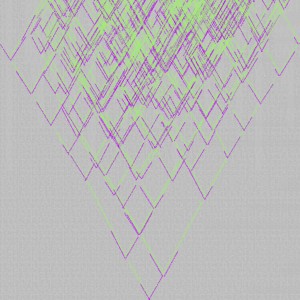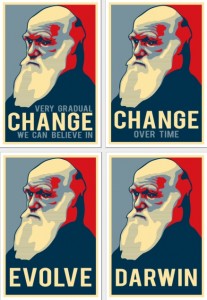 A pervasive commitment to ambiguity. That’s the most compelling sentence I can think of to describe the best epistemological stance concerning the modern world. We have, at best, some fairly well-established local systems that are reliable. We have consistency that may, admittedly, only pertain to some local system that is relatively smooth or has a modicum of support for the most general hypotheses that we can generate.
A pervasive commitment to ambiguity. That’s the most compelling sentence I can think of to describe the best epistemological stance concerning the modern world. We have, at best, some fairly well-established local systems that are reliable. We have consistency that may, admittedly, only pertain to some local system that is relatively smooth or has a modicum of support for the most general hypotheses that we can generate.
It’s not nihilistic to believe these things. It’s prudent and, when carefully managed, it’s productive.
And with such prudence we can tear down the semantic drapery that commands attention at every turn, from the grotesqueries of the political sphere that seek to command us through emotive hyperbole to the witchdoctors of religious canons who want us to immanentize some silly Middle Eastern eschaton or shoot up a family-planning clinic.
It is all nonsense. We are perpetuating and inventing constructs that cling to our contingent neurologies like mold, impervious to the broadest implications and best thinking we can muster. That’s normal, I suppose, for that is the sub rosa history of our species. But only beneath the firmament, while there is hope above and inventiveness and the creation of a new honor that derives from fairness and not from reactive disgust.
In opposition to the structures that we know and live with—that we tolerate—there is both clarity in this cocksure target and a certainty that, at least, we can deconstruct the self-righteousness and build a new sensibility to (at least) equality if not some more grand vision.
I picked up Laura Marling’s Short Movie last week and propagated it to various cars. It is only OK, but it joins a rather large collection of recent female musicians in my music archive.… Read the rest





